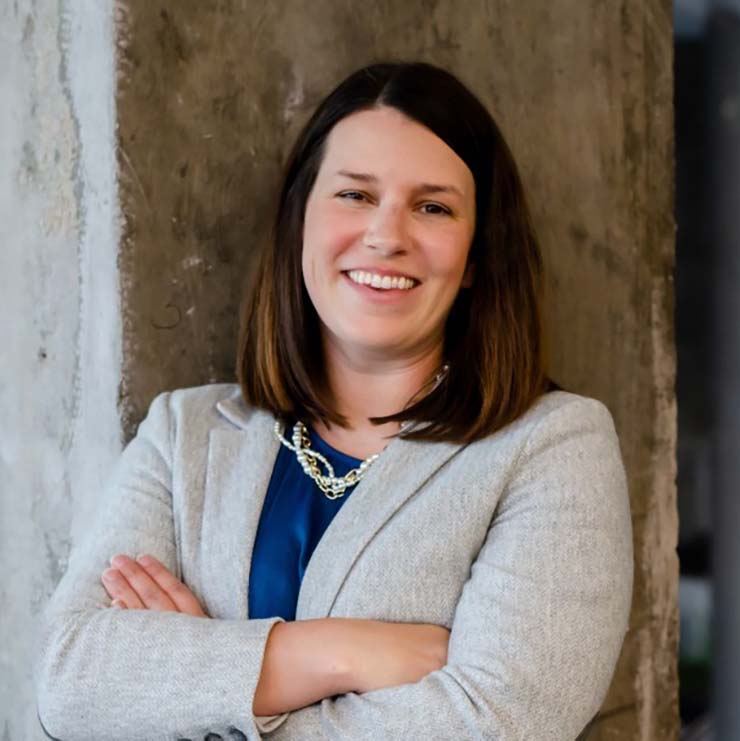Some people love ‘em, some people hate ‘em, but I’m a New Year’s resolution enthusiast. To me, they represent hope for the future.
Reflecting on the past year (that’s where the data is)
I find resolutions are best when I start by reflecting on the past year and asking questions: What did I do well? What do I wish I’d done better? This is a part that many of us miss. In fact, many of us are more likely to do this with our businesses than with our personal lives.
It’s easier to look back professionally because you’re sort of forced to—there’s built-in accountability with checkpoints to evaluate how well you did (or didn’t do) what you said you would. And, if I’m being honest, work is easier because it’s fact-based analysis.
When it comes to our personal lives, there’s data here, too, though it may not look like the same thing we’re used to with our business data. Sometimes we track things, like how many books we’ve read in a year. For fitness, maybe we track our workouts, have an app that does it for us, or use other benchmarks for health like how we feel in our bodies. But gathering holistic data is a deeper process.
When I consider myself as a whole person, I reflect on:
- Was I generous this year?
- Did I show up for myself and others?
- Was I kind to myself?
- Did my emotions reflect my experience?
Notice I didn’t ask: Was I happy? That’s an unfair question to ask in a year of trials, and there are better benchmarks that can be uncovered with better questions. All these questions require vulnerability and don’t have that structured accountability that comes with work. But they’re an important part of deciding on the path forward.
Making new habits (resolutions or not) stick
Resolutions don’t have to be monumental changes—and they really don’t have to happen at the new year. They can be simple shifts in your day-to-day that contribute to a significant change over time.
I’ve found a few simple, effective methods for making new habits stick, whether the habit is reading a book a month or flossing every day.
- See it: Create visual reminders of your goal. My go-to is dry erase marker on my bathroom mirror, but you can do stickies (paper or digital), a chalkboard in your kitchen, a vision board, or whatever works for you.
- Time blocking: Add blocks to your calendar that serve as a reminder to protect the time you need to make your goal happen. Then (this is the important part) use the time to do what you said you’d do!
- Accountability: Bring someone else along for the ride. It’s more fun with a buddy, your partner can help spur you to action when you really don’t feel like it, and it’s harder to break a commitment to someone else than it is to yourself.
Time blocking and visualizing are on this list because they’re tools that get close to the action—they both make it so you have to go out of your way to ignore the behavioral change you’re seeking.
But none of these tools make up for the superpower that reflection and your “why” can bring to your goals. If you do the vulnerable work, you clarify why you want to, say, lose ten pounds. It’s not to decrease your BMI. That’s not going to get you up early to work out on a cold morning. But knowing that you want to keep up with your kid and his friends during his mid-July waterpark birthday party will. When you clearly identify why you want a goal, the above tools really help to activate your choices.
I invite you to check out the holiday edition of the Data Driven Leadership podcast. I got to sit down with Resultant Vice President of Marketing Chelsea Gill, and we talked about how data can actually fuel your New Year’s resolutions. We also discovered we basically had the same childhood, and there might be a little bonus singing. Listen to the full episode here.
Share:
About the Author

Jess Carter
VP, Client Experience and Delivery Operations @ Resultant
A strategic powerhouse and highly empathetic collaborator, Jess Carter delivers large-scale technology modernization and portfolio management by translating complex problems into...
Read More

